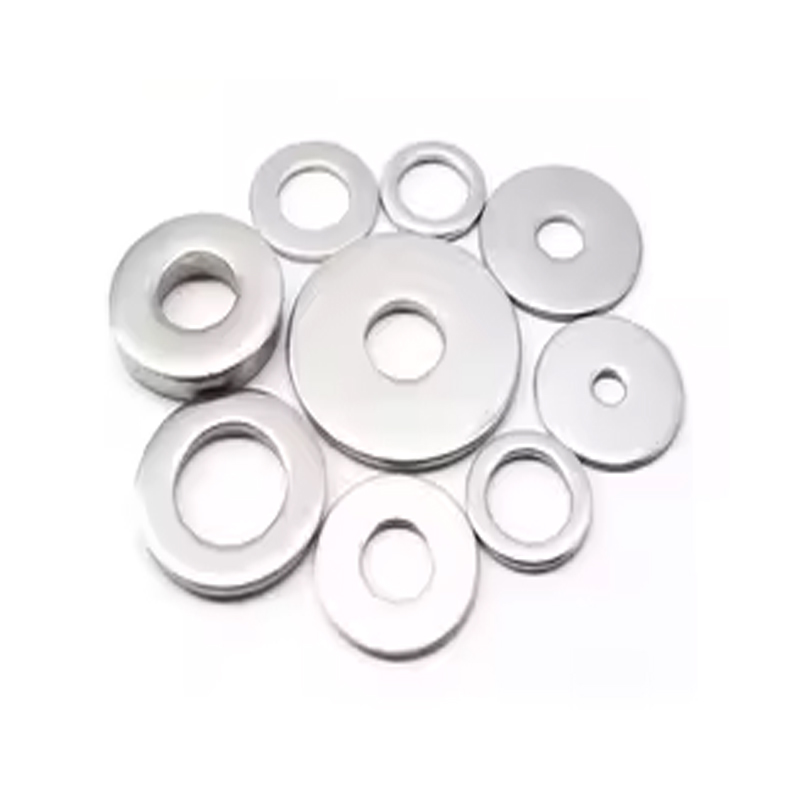Understanding the Functionality of Oil Seals in Mechanical Applications
The Working Principle of Oil Seals
Oil seals are critical components in numerous mechanical systems, playing a crucial role in preventing the leakage of lubricants while keeping contaminants outside. Found in various applications, from automotive engines to industrial machinery, these seals are designed to enhance the longevity and efficiency of machines. Understanding the working principle of oil seals can provide insights into their importance in mechanical design and maintenance.
At its core, an oil seal is a device that retains lubrication within a system while preventing the entry of dirt, dust, and other external contaminants. The basic structure of an oil seal consists of a circular rubber or elastomeric body with a metal casing to provide support and shape. The rubber part is typically reinforced and flexible, allowing it to conform to the surfaces it contacts and create a tight seal.
The Working Principle of Oil Seals
The sealing action occurs primarily due to the elastic properties of the rubber material. The lip of the seal compresses against the shaft, forming a tight fit. This compression not only prevents oil from escaping but also blocks contaminants from entering the sealed area. The effectiveness of this sealing depends on several factors, including the shaft's surface finish, the seal's material properties, and the amount of pressure exerted on the lip.
oil seal working principle

In many applications, oil seals also feature a secondary lip designed to further enhance sealing effectiveness. This lip can act as a backup in case the primary lip wears out, providing an additional barrier against fluid escape and contamination. Some oil seals incorporate spring devices that apply constant pressure to the sealing lips, ensuring optimal contact with the shaft, even as the components undergo wear over time.
Temperature and pressure are critical considerations in the operation of oil seals. They are engineered to handle a wide range of conditions, with materials selected based on the specific needs of each application. For example, in high-temperature environments, materials that can withstand thermal expansion without losing their sealing properties are crucial. Similarly, in high-pressure applications, seals must maintain their integrity to prevent leakages effectively.
Regular maintenance and inspection of oil seals are essential to safeguarding machinery against potential failures. Signs of wear, such as cracking or deformation of the seal, may indicate that it's time for a replacement. Moreover, ensuring proper installation is equally important; a misaligned or improperly installed seal can lead to premature failure and costly repairs.
In conclusion, understanding the working principle of oil seals highlights their significant role in mechanical systems. These seals not only preserve the lubricating properties of oils and fluids but also protect the internal components from harmful contaminants. By maintaining the integrity of the oil seals within machinery, businesses can enhance operational efficiency, reduce maintenance costs, and prolong the lifespan of critical equipment. Proper selection, maintenance, and installation of oil seals are keys to achieving optimal performance in any mechanical system.
-
The Ultimate Guide to Car Repair Kits: Tools and Essentials Every Driver Should Own
News Aug.01,2025
-
The Complete Guide to Oil Pan Gaskets: Sealing Engine Leaks the Right Way
News Aug.01,2025
-
Preventing Oil Leaks: A Complete Guide to Oil Pan Gaskets and Drain Seals
News Aug.01,2025
-
Everything You Need to Know About Oil Pan Gaskets and Drain Plug Seals
News Aug.01,2025
-
Essential for Car Owners: How to Use a Car Repair Kit to Deal with Minor Breakdown
News Aug.01,2025
-
Comprehensive Guide to Engine Oil Sump Gaskets and Related Seals
News Aug.01,2025
-
The Ultimate Guide to Boat Propeller Bearings and Trailer Wheel Bearings
News Jul.31,2025
Products categories















